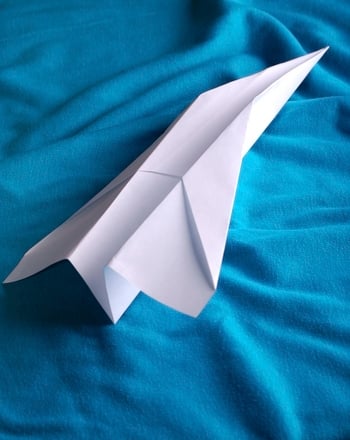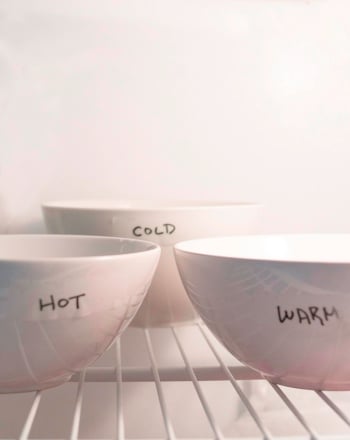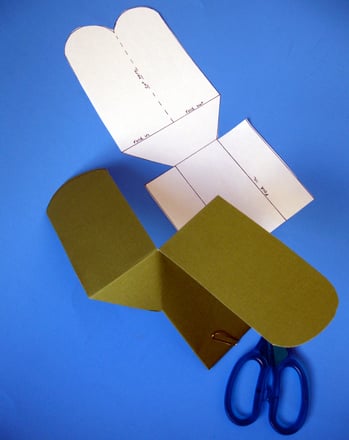Science project
Does A Longer Paper Airplane Fly Farther than a Wide One?
Grade Level: 3rd-6th; Type: Physical Science
Objective:
Discover if a longer paper airplane flies farther than a wide one.
Research Questions:
Paper airplanes have long been a classic toy for kids. But paper airplanes can have a serious purpose as well: illustrating basic principles of aerodynamics.
Materials:
- Three sheets of paper of the exact same thickness and weight
- Scissors
- Ruler
- Measuring Tape
- Pen and paper for notes
Experimental Procedure:
Making the Airplanes
- Take a sheet of letter-size printer paper and fold it in half vertically, lengthwise.
- Run your nail along the fold to create a well-defined, reinforced crease.
- Unfold the piece of paper and fold down the two top corners until it meets the center crease that you made in the previous steps.
- The top of the paper should now form a split triangle. Now fold the two outer edges of the triangle down towards the center line once more.
- Your paper should be shaped somewhat like a pyramid at this stage. Valley fold the paper in half so that the folds are inside the plane.
- Now turn the plane 90 degrees and create the wings by folding the sides down outwards starting from about 1.5 inches from the base of the plane.
- Okay, now you should have your first paper airplane.
- To make the second airplane, we are going to cut the piece of paper shorter so that you will now have a 8.5 x 8.5in square to fold with.
- Repeat steps 1-6 on this shorter piece of paper.
- To make the third airplane, we are going to narrow the piece of letter-size paper to the dimensions of 6 x 11in. Repeat steps 1-6 after you have cut the paper to the new dimensions.
Flying & Testing the Airplanes
Note: The airplanes should be flown indoors so that wind drag won't factor in and alter the data.
- Hold the base of the airplane in front of you and in a swift and quick motion, throw it forwards and observe where it lands. Measure the distance from where you are standing (it would be helpful to tape or mark this spot) to where the plane lands. Record the distance in your notebook.
- Repeat several trials with the different variables of width and length of the planes. The more trials, the better.
- Record your results. Do you notice any consistent trends?
Suggested Chart
|
|
Trial 1
|
Trial 2
|
Trial 3
|
Trial 4
|
Trial 5
|
Trial 6
|
|
Airplane #1 |
|
|
|
|
|
|
|
Airplane #2 |
|
|
|
|
|
|
|
Airplane #3 |
|
|
|
|
|
|
Terms/Concepts: Basic Physics; Paper airplane design; Aerodynamics; Flight
References:
"Aviation: Reaching for the Sky," by Don Berliner (The Oliver Press, Inc. , 1997), p.128.
Education.com provides the Science Fair Project Ideas for informational purposes only. Education.com does not make any guarantee or representation regarding the Science Fair Project Ideas and is not responsible or liable for any loss or damage, directly or indirectly, caused by your use of such information. By accessing the Science Fair Project Ideas, you waive and renounce any claims against Education.com that arise thereof. In addition, your access to Education.com's website and Science Fair Project Ideas is covered by Education.com's Privacy Policy and site Terms of Use, which include limitations on Education.com's liability.
Warning is hereby given that not all Project Ideas are appropriate for all individuals or in all circumstances. Implementation of any Science Project Idea should be undertaken only in appropriate settings and with appropriate parental or other supervision. Reading and following the safety precautions of all materials used in a project is the sole responsibility of each individual. For further information, consult your state's handbook of Science Safety.













